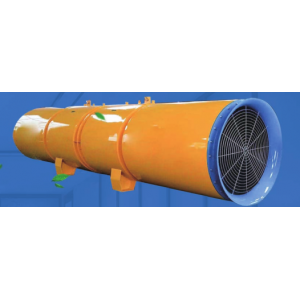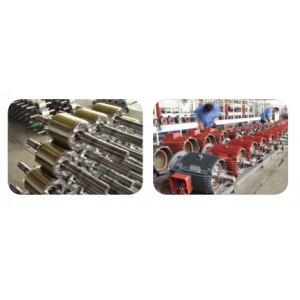Tall space heating and cooling air treatment unit stallion
The installation of high space heating and cooling air treatment unit is a process involving multiple steps and details.The following is a clear installation step and induction:
1. Preparation before installation
Read the installation instructions in detail: Understand the performance characteristics, installation requirements and safety precautions of the crew.
Prepare to install tools and materials: such as screwdrivers, wounds, wires, pipes, etc. to ensure that the installation process is progressing smoothly.
Make sure the safety and cleaning of the installation site: Avoid damage to the crew of debris and dust.
2. Installation location selection
Good ventilation and air circulation: Avoid being installed in a humid, dark or closed environment.
A certain height from the ground: The specific height should be determined according to the design requirements and space characteristics of the equipment. It is generally recommended that the height of the ground is not less than 1.8 meters.
Avoid frequent personnel in and out: reduce interference and damage to the crew.
Third, unit fixing and wiring
Use the right stent or suspension: Make sure the unit is stable and not shake.
Correctly connect to the power line and signal line: According to the wiring diagram of the unit, pay attention to the specifications and color of the wire to ensure that the wiring is correct.
Electrical performance test: After the wiring is completed, the electrical performance test should be performed to ensure that the unit can start and run normally.
Fourth, pipeline connection and sealing
Select the appropriate pipeline materials and connection methods: to ensure that the pipeline connection is firm and the seal is good.
Pay attention to the layout and direction of the pipeline: Avoid too much or too long, affect the operation effect of the unit.
Leakage detection: After connecting the pipeline, a leak detection should be performed to ensure that there is no leakage pipe system.
5. Debugging and trial operation
Check the function of the unit: such as temperature control, wind speed adjustment, etc. are it normal?
Trial operation: Observe the operating status and effect of the unit, pay attention to whether there are abnormal sounds or vibrations in monitoring, and observe whether there are abnormal situations.If there is an abnormality, it should be immediately stopped for inspection and the failure.
6. Maintenance and maintenance
Regular cleaning: Maintain the surface and internal cleaning of the unit, and avoid damage to the crew of dust and miscellaneous objects.
Regular inspection: Whether the functions and components of the unit are normal, if you have any problems, repair or replace it in time.
Safety protection: Safety protection measures should be set up around the equipment to avoid accidental damage during the operation of the equipment.
Seven, other precautions
Follow the product instructions: During the installation process, it should be operated strictly in accordance with the product manual.
Professional installation: It is recommended to install a professional heating engineer or installation engineer to ensure the quality of installation.
Training and assessment: Training and assessment of installed staff to ensure that they have corresponding skills and knowledge.
 Pipe connection method of air
Pipe connection method of air
 Installation and debugging of
Installation and debugging of
 Advantages and adjustment meth
Advantages and adjustment meth
 How to debug a centrifugal cur
How to debug a centrifugal cur

